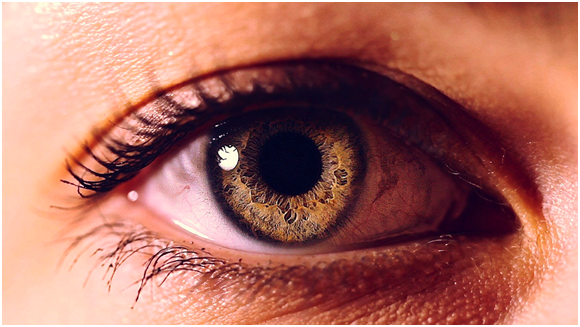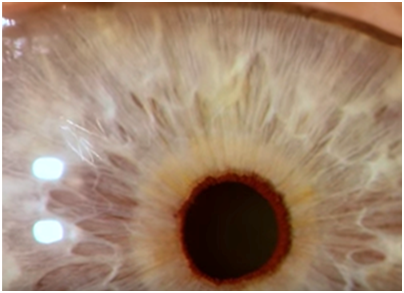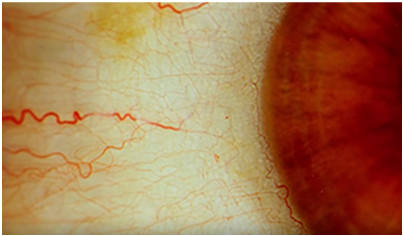You may have heard the saying that the eye is a window to the soul. As ophthalmologists we believe that the eye is a window to the body. It’s a window to what we call systemic disorders like diabetes or high blood pressure and we can see signs of these when we look at the eye.

When you study heart disease, for example, you listen to the heart but with the eye you actually look at it with a microscope. You can actually see brain tissue, which is the retina, and you can see blood vessels and if you look carefully you can actually even see red blood cells as they zip through the capillaries.
Over one third of all known genetic syndromes involve the eye. We can see signs of nutritional deficits, nerve damage in the back of the eye, in Vitamin B complex deficiencies. Stress is another big one and it can cause the cells behind the eye to start leaking fluid. It’s like having a blister in the retina and you can see it here, this yellowed area.

Here we’re looking at the normal retina through our slit lamp bio microscope. You can see the orangish color of the retina. You can see the blood vessels that course over the retina. You can also see the nerve that connects the back of the eye to the brain.

This patient has a really interesting finding in the iris. We call these posterior synechia. These little brown spots are adhesions between the iris and the lens. They’re signs of inflammation that can often indicate inflammation that’s occurring or occurred in the body itself.
In this patient we have a little microscopic spot of blood on the white part of the eye. This little spot of blood is indicative of one of several different things. 6 out of 10 times it’s caused by high blood pressure.

A patient that is a diabetic has these small blood vessel changes in the retina and so when we find this we know that the patient needs to take extra care to control his or her health.
These indicators can often be seen in the eye before they can be seen anywhere else. The eye really is such an important window to our bodies and our health. See your local ophthalmologist and see what they can tell you about your health through your eyes. If you are a Utah resident, you’ll want to visit Hoopes Vision for a free comprehensive eye exam.

